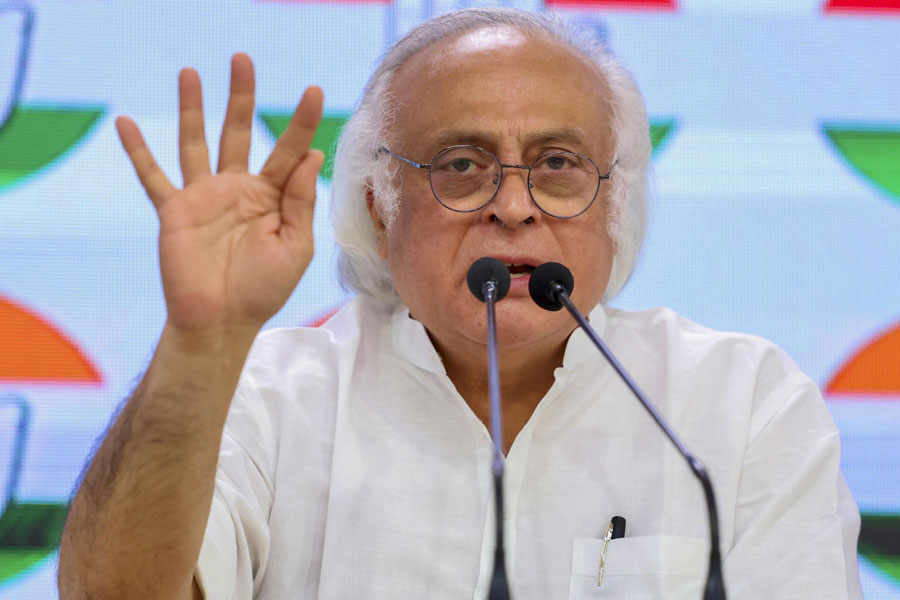Imphal, June 13: The world’s most threatened deer species Sangai, which is only found in Manipur, now faces a new threat from a plant known as para grass (brachiaria mutica).
P. Kumar, associate professor of life science department of Manipur University said if the invasion of this grass into the Keibul Lamjao National Park — the only remaining natural habitat of Sangai — was not checked, the deer species might become extinct in a few years.
The grass threat is in addition to the existing threats from human exploitation of the park area for food and hunting.
According to Kumar, the para grass had now covered about five per cent of the 45 square km park area inside Loktak lake and because of the grass the water plants on which the deer species survived could not grow.
“There are about 11-12 species of water plants on which the deer survives. If the grass covered the entire area there would be no food for Sangai and it will become extinct,” Kumar said while participating in a one-day discussion on climate change organised by an Imphal-based daily at the Manipur Press Club on World Environment Day.
Kumar, who did extensive study on eshing kambong (a water plant) one of the foods of Sangai, said para grass was dangerous, it expanded very quickly and prevented growth of other plants.
He also said the para grass entered the park from Mayang-Imphal site in Imphal West some years back.
Experts said the grass locally known as pambi hingchabi (killer plant) grows well under warm and moist conditions in swampy areas, where the waterbody prevents frosting.
R.K. Ranjan, state coordinator of the Indian National Trust for Art and Cultural Heritage, said the state veterinary department brought the para grass first to Manipur as fodder for cattle in the late sixties.
It expanded to other areas of the state gradually.
The park is floating on the 246 square km Loktak lake, which spreads across Imphal West, Thoubal and Bishnupur districts.
It was declared a national park in 1977 and the latest census carried out in 2003 showed there were 180 Sangai in the park.










